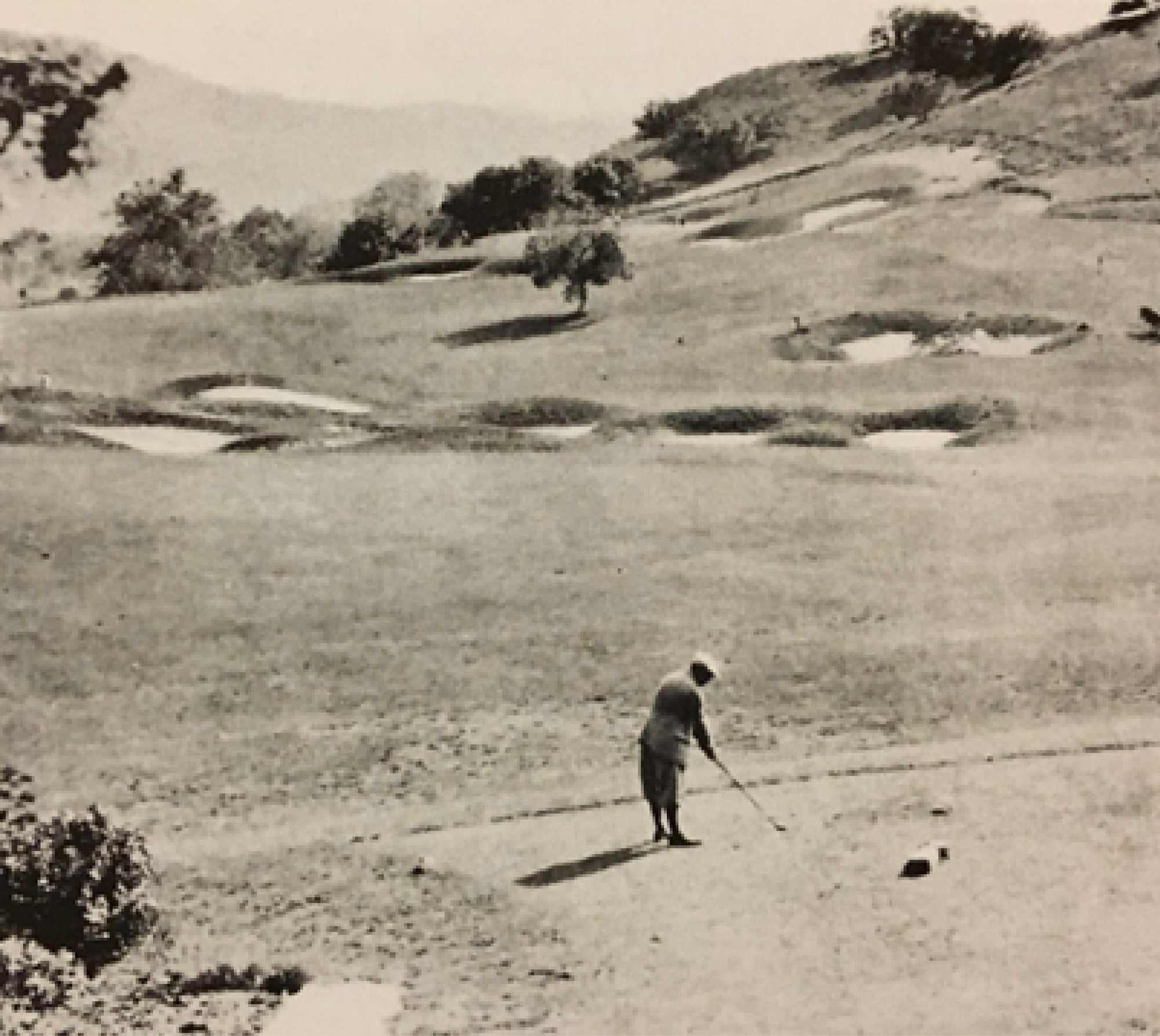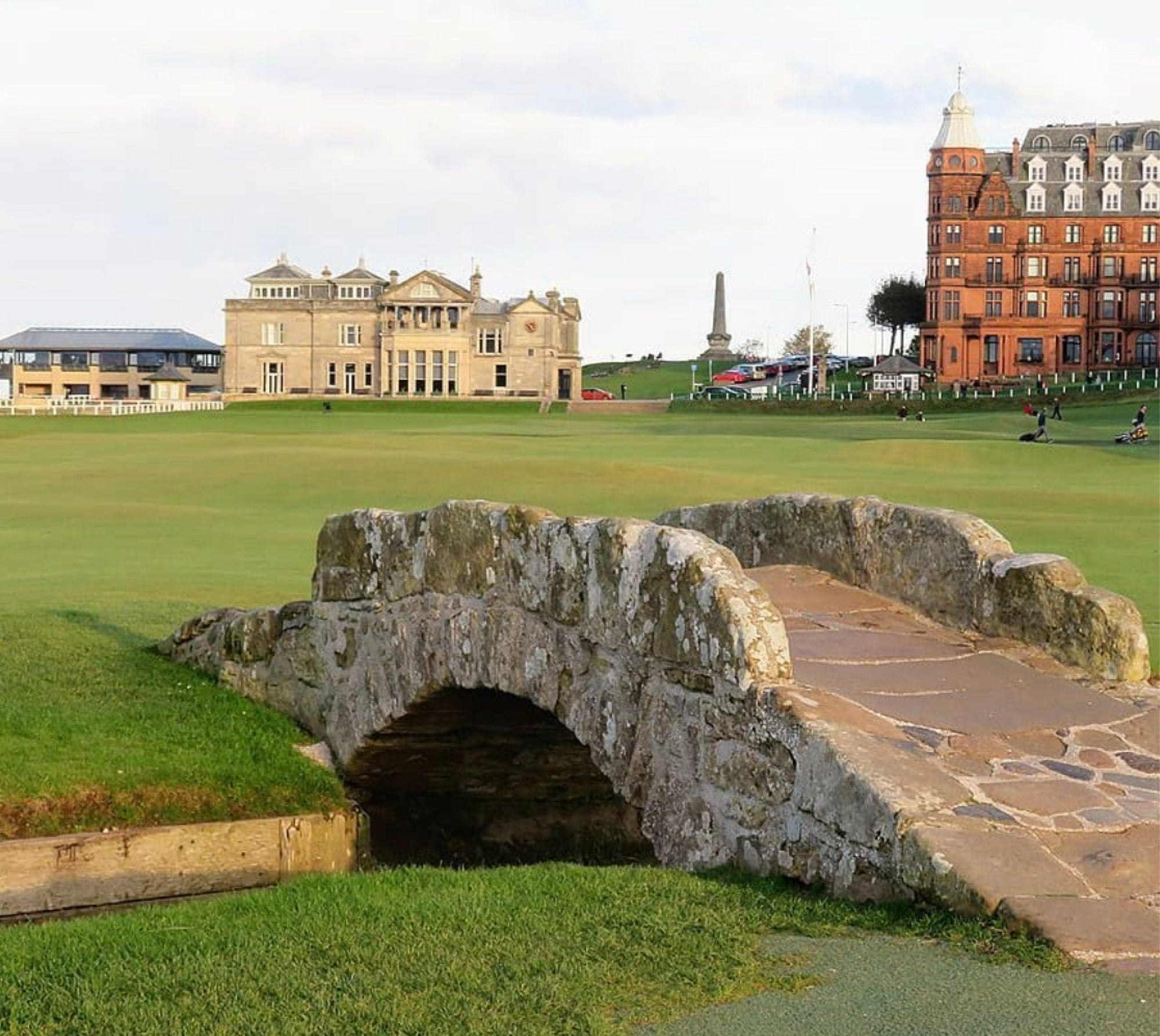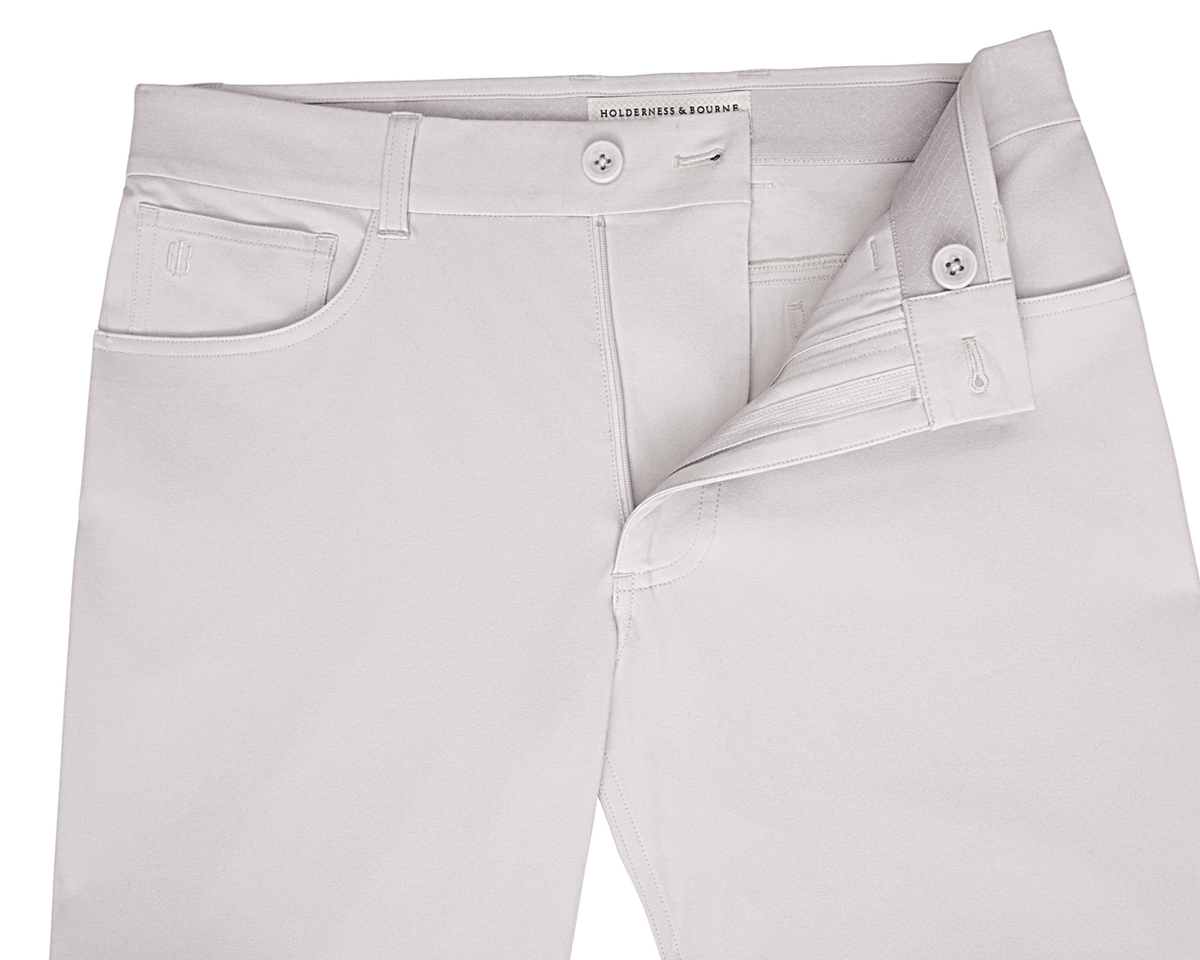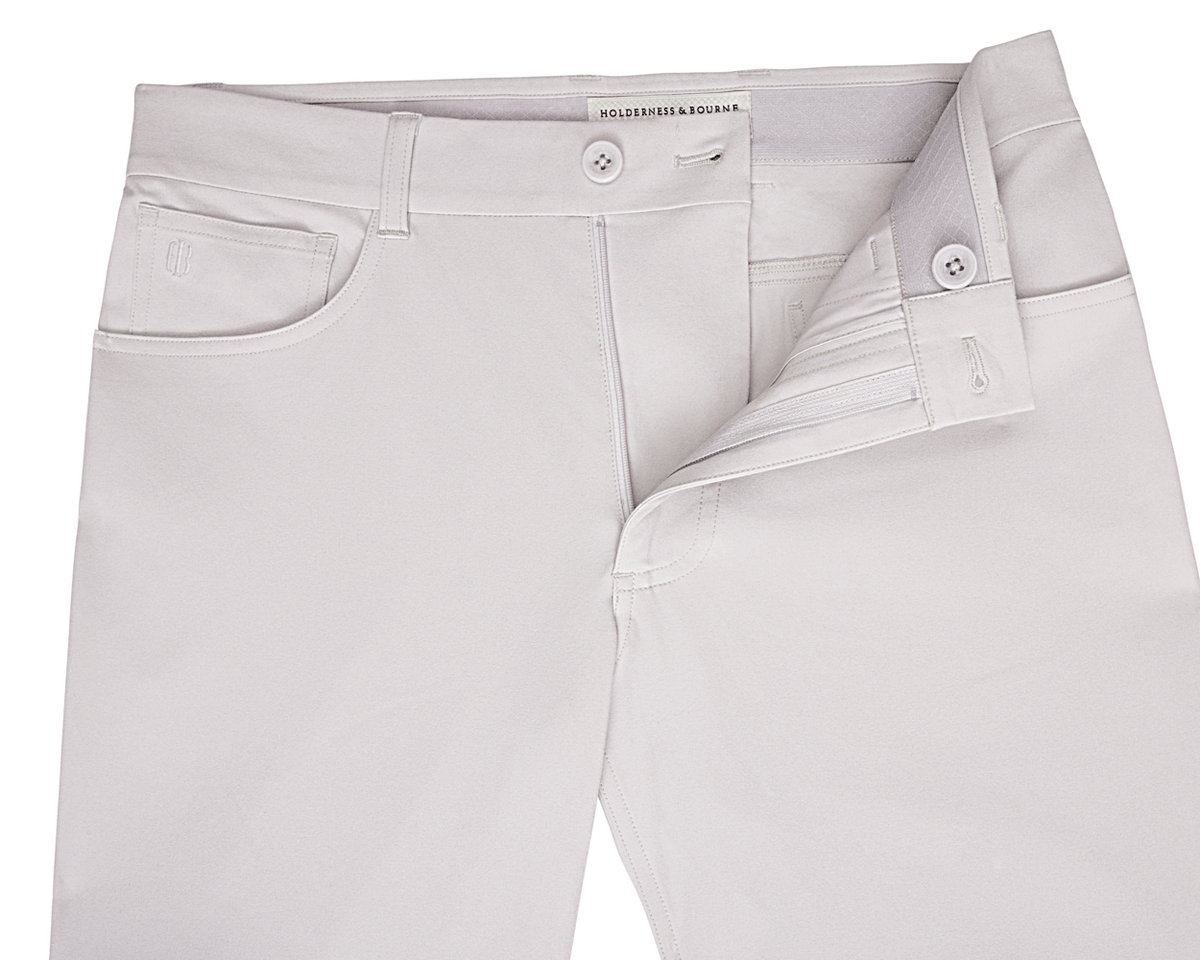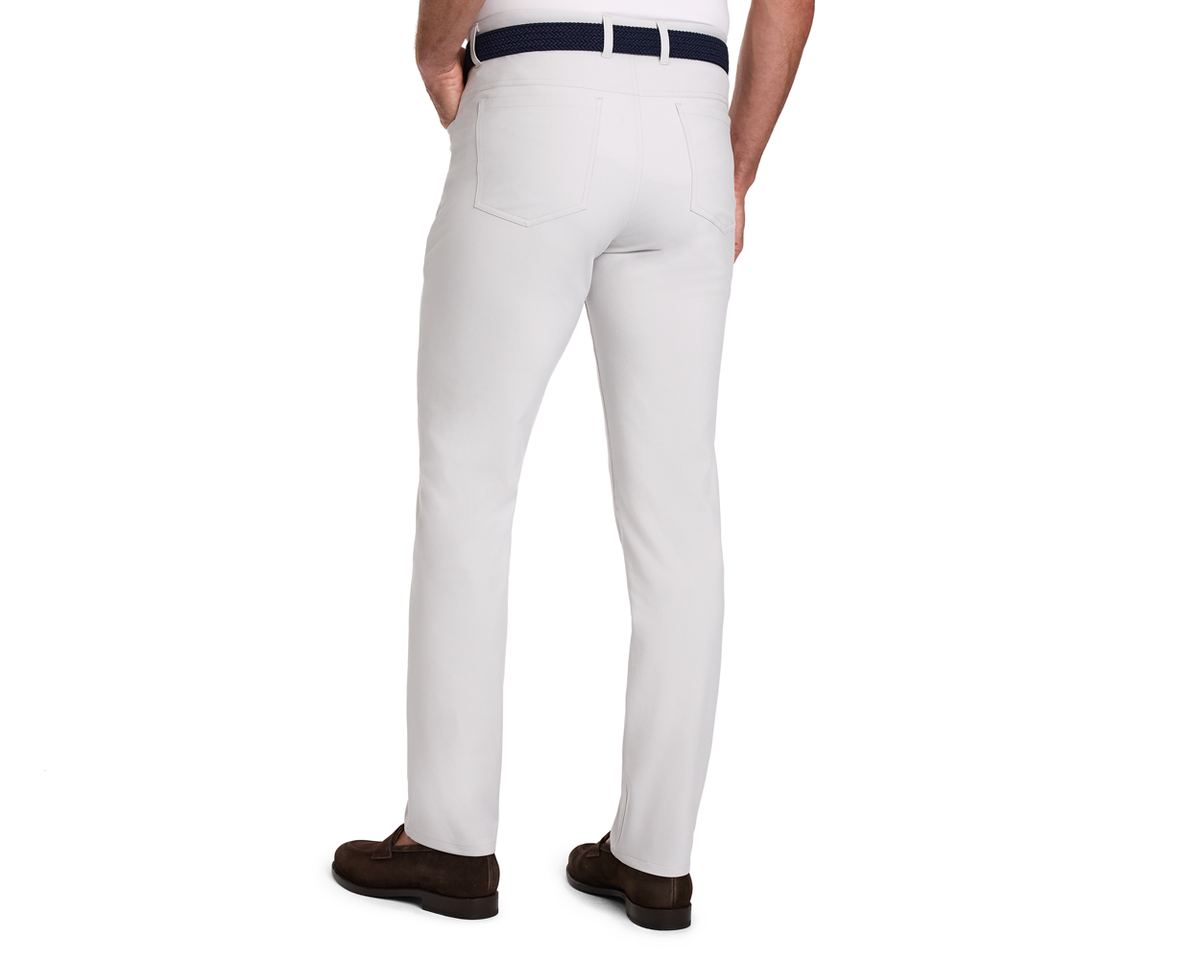
Despite its status as the least significant of golf’s four major championships, the PGA Championship owns a variety of different nicknames and narratives. Recently, the tournament was known as “Glory’s Last Shot,” a reference to the PGA’s spot as the last major of the year. This will change starting in 2019, as the tournament moves to May on the calendar.
The PGA is also well-known for having the “toughest field in golf,” with no amateurs and a rigorous qualification structure that emphasizes recent results. Overall, it’s an interesting and complex tournament. Played over historic courses, yielding low scores, and crowning both legendary and head-scratching winners, the PGA Championship has a unique character and place in the game.
Walter, Wanamaker, and Wykagyl
Though first contested in 1916, the PGA Championship owes much of its heritage to events that happened several decades earlier. In 1894, after a dispute among American golf clubs as to whose tournament was the official “national championship,” the USGA was formed. (Check out our U.S. Open piece for a recap of that story). That governing body went on to create the U.S. Open which, in the style of the Open Championship, allowed both professional and amateur golfers to compete.
Twenty years later, the four most important golf tournaments across the globe were the two Opens and their corresponding Amateurs (U.S. and British). In these days, the stigma of calling oneself a professional golfer was wearing off, due in large parts to the efforts of Walter Hagen, who vehemently protested unfair treatment against pros at large-scale events and eventually became the first touring pro unaffiliated with a golf club.
This divide between amateur and professional golfers, which had seen amateurs elevated above pros since the advent of the term “golf pro” in the mid-1800s, had almost everything to do with social class. Golf was a gentlemen’s game, played by well-heeled men as a leisure pursuit to complement their high-status lifestyles. Golf pros, those who built, sold, and repaired clubs and balls (as well as making cash during challenge matches) were thought of as rough-and-tumble working-class guys.
It’s ironic, then, that the man whose name adorns the PGA Championship trophy grew up with a silver spoon under his mustachioed upper lip.
Lewis Rodman Wanamaker was the son of the owner of Philadelphia’s first department store, and a Renaissance man if ever there was one. After attending Princeton, where he played on the football team and sang in the glee club, Wanamaker joined the family business, moved to France for a decade, moved home, purchased the Philadelphia Evening Telegraph, and generally contributed both time and money to endeavors in a wide variety of fields, including music, sport, Native American appreciation, and aviation. But most importantly for golfers, he started the PGA.
In 1916, Wanamaker beheld the state of the game and decided that amateurs were getting far too much attention. He convened a meeting in January at the Wykagyl Country Club in New Rochelle, New York, just down the road from Winged Foot. At this foundational summit, Wanamaker and the leading golf professionals of the day drew up plans for a February meeting in New York City, where they would go on to create the Professional Golfers’ Association of America. Hence Wykagyl’s rightful claim to the sobriquet “the Cradle of the PGA.”
Wanamaker, being a lover of competition, offered $2,500 and a large silver trophy to this newly minted organization for the purpose of crowning a champion professional golfer, and nine months later, the inaugural PGA Championship teed off at Siwanoy Country Club in Bronxville, NY.
A century on, Wanamaker’s tournament tests the best players in the world against their most talented peers. The qualifications for entry are complex, but offer a stern test for anyone hoping to tee it up. Essentially, you need to win a major, be in the top 70 in the PGA Tour’s money list, play in the most recent Ryder Cup, or finish top 20 in the PGA Professional National Championship, a tournament for club professionals. And if you’re highly ranked in the OWGR and don’t fit any of these qualifications, the tournament committee might throw you a bone. At the PGA, past success gains entry, plain and simple.
Match Play Marches On
As the major with the least cache, the PGA Championship sits firmly in the crosshairs of many armchair tinkerers seeking to give the event a jolt of interest. Whenever one of these discussions crops up, talk inevitably turns to the tournament’s format, and with good reason. For the first 41 years of its life (1916-1957), the PGA Championship was decided by match play.
When the tournament started, match play wasn’t as uncommon as it is today, as two majors (the U.S. and British Amateur) both used the format. The PGA was played with a stroke-play qualifier followed by seeded match play rounds, and participants in the finals often ended up playing upwards of 200 holes over the course of a weeklong event. This may have been fine in the years of MLB pitchers throwing 400 innings in a season, but as the 72-hole stroke play event came to be more prevalent with the advent of the PGA Tour and the rise of The Masters, the PGA’s match-play status gave the event a curious quirk.
In 1957, Wanamaker’s brainchild event fell into the red numbers, and while that’s a positive thing on the scorecard, it’s not on the balance sheet. Tournament organizers unanimously voted to pivot to a traditional stroke-play format for the 1958 championship.
Is this major?
Jack Nicklaus’s 18 major championships stand as the record for men’s professional golf, and Tiger Woods’s stalled pursuit sits at 14. These numbers are unassailable. But start looking back into the history books, and the term “major championship” gets a bit murkier.
After the creation of the U.S. Open, golf’s four majors were the “Grand Slam” that Bobby Jones captured in 1930: the British Amateur, Open Championship, U.S. Amateur, and U.S. Open. As professional golf increased in popularity, several significant tournaments boasted major-like reputations and atmospheres, notably the Western Open and Pinehurst’s famed North and South Open.
The PGA Championship was the last of golf’s four majors to attain that title, and accounts vary on when exactly that transition happened. The prevailing account is that it was a royal decree, set down by the King himself in 1960, when Arnold Palmer remarked to Pittsburgh golf writer and good friend Bob Drum that he could take home “a grand slam of his own” if he swept the Open Championship and PGA after winning both The Masters and the U.S. Open.
Borrowing from Bob Harig’s piece on golf’s modern Grand Slam: “‘One thing led to another,’ Palmer said. ‘Drum got me all excited about it. He wrote about it. He got the British press all excited about it. And they picked up on it.’” Ironically enough, after elevating the PGA to its lofty status, Arnold Palmer never won the event in 36 tries.
The tournament may never rival The Masters for general popularity, but with the strong rota of championship tracks and a history of interesting and (for the most part) deserving winners, it remains a compelling tournament for serious golf fans.

